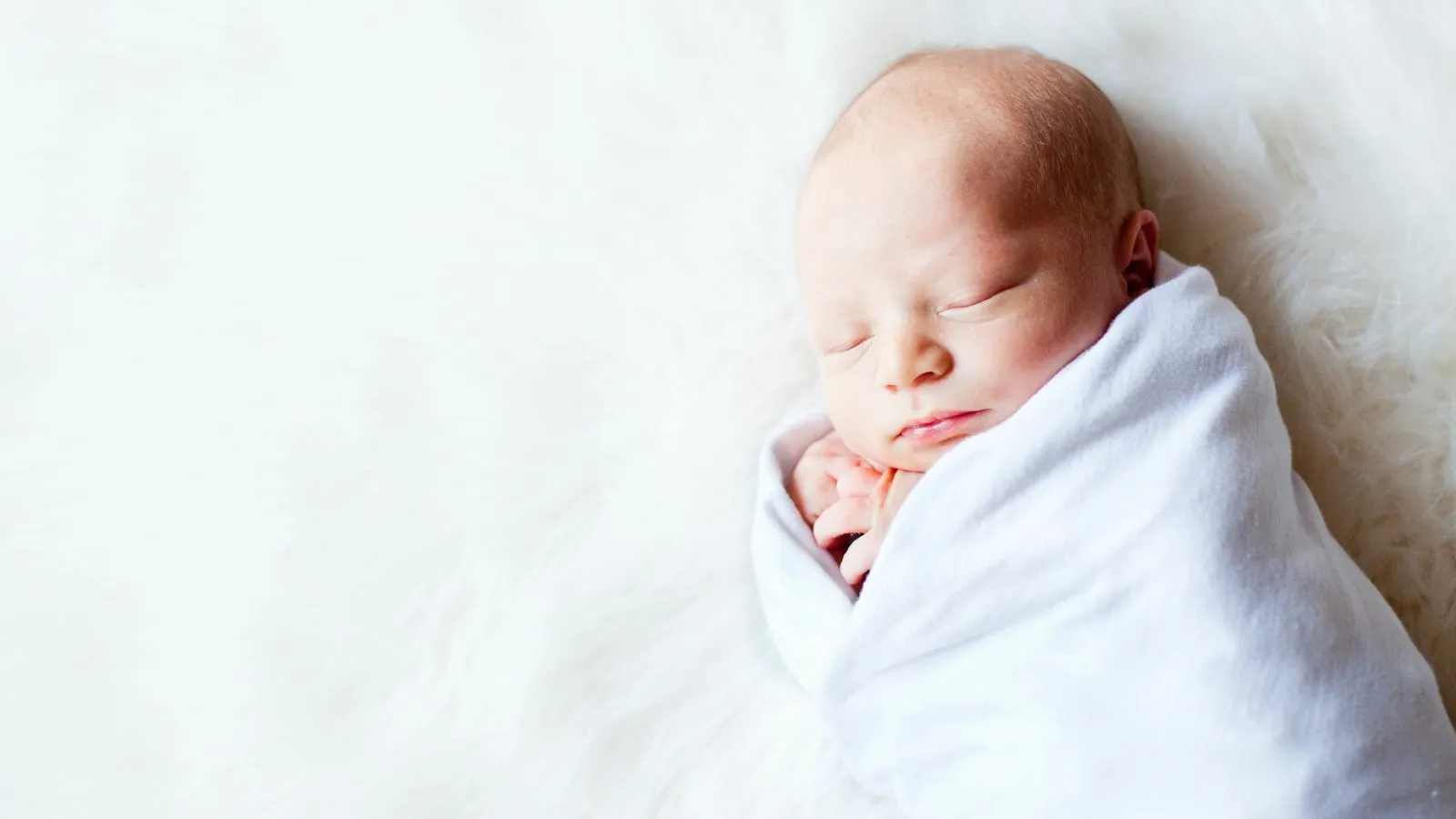When it comes to getting babies to sleep, parents often find themselves in a tug-of-war between soothing techniques. Enter the pacifier, a tiny hero in the battle against sleepless nights. But can babies really sleep with these little wonders? The answer might just surprise you!
Picture this: a peaceful nursery, soft lullabies playing, and a baby blissfully snoozing with a pacifier in mouth. Sounds like a dream, right? While pacifiers can be a comforting companion for little ones, they also come with a few considerations. From potential benefits to the occasional worry about dependency, navigating the pacifier path can feel like a tightrope walk. So, let’s dive into the world of pacifiers and sleep, and discover if this baby accessory is a must-have for sweet dreams or just another sleep-depriving dilemma.
Table of Contents
ToggleUnderstanding Pacifiers
Pacifiers serve as a common tool for soothing babies. They come in various types and designs, each with specific purposes.
What Are Pacifiers?
Pacifiers, also known as soothers, paci, or teats, are rubber or silicone devices designed for infants to suck on. They mimic the feel of a mother’s breast, offering comfort and relief. Babies often find pacifiers calming, especially during teething or when they seek comfort between feedings. Experts suggest that pacifiers may help reduce the risk of sudden infant death syndrome (SIDS) during sleep.
Types of Pacifiers
Numerous types of pacifiers exist, each catering to different needs and preferences. Orthodontic pacifiers feature a nipple shape that supports healthy oral development. Traditional pacifiers have a rounded nipple and are widely available. Glow-in-the-dark pacifiers help parents find them easily at night. Additionally, some models come with a customizable clip to attach to clothing, preventing loss. Each type provides distinct benefits, helping parents choose the best option for their baby.
Benefits of Pacifiers for Sleep
Pacifiers provide various benefits that can enhance sleep quality for babies. They serve as effective tools for soothing, reducing stress for infants.
Soothing Effect on Babies
Sucking on a pacifier calms many babies, mimicking breastfeeding. This action triggers a natural relaxation response, allowing them to drift into a peaceful sleep. Parents often find that a pacifier helps babies self-soothe, providing comfort during restless moments. Interestingly, the act of sucking releases endorphins, promoting feelings of tranquility.
Potential for Reduced Crying
Research indicates that pacifiers may decrease crying occurrences among infants. A study published in “Pediatrics” confirmed that babies who used pacifiers cried less, especially during sleep times. Reduced crying contributes to a more restful environment for both baby and parents. Parents experience fewer disruptions during the night, promoting better sleep for the entire family. Evidence highlights how pacifiers support emotional regulation, making them valuable tools for sleep improvement.
Risks and Considerations
Considering pacifier use involves understanding potential risks. Dependency issues may arise with prolonged pacifier use. Babies often develop a reliance on the soothing effect of pacifiers, making it difficult to put them down. Parents might find that their child becomes upset when the pacifier is not available. Gradually reducing pacifier use can ease this transition, but it requires patience and consistency.
Oral development is another significant concern. Frequent pacifier use during critical growth phases may lead to misalignment of teeth. Orthodontic problems can develop if a child uses a pacifier beyond the recommended age, affecting the shape of the mouth and jaw. Monitoring pacifier use helps ensure that it does not interfere with dental development. Pediatric dentists emphasize the importance of limiting pacifier use as the child grows to avoid unwanted oral health issues.
Expert Opinions
Expert opinions provide valuable insights into pacifier use during sleep. Many pediatricians advocate for pacifiers, noting their potential benefits, such as soothing effects that lead to better sleep for babies. Recommendations usually include offering pacifiers at bedtime, especially for infants under six months. However, pediatricians caution parents to monitor nap duration and ensure the pacifier does not become a sleep crutch. Limiting pacifier use after the age of one is also suggested to prevent dependency and promote healthy oral development.
Pediatrician Recommendations
Pediatricians recommend using pacifiers to enhance infant sleep. They point out that pacifiers can help babies settle down faster when they’re fussy. Some studies show that pacifier use during sleep may lower the risk of sudden infant death syndrome. Guidance often includes introducing pacifiers when breastfeeding is established to avoid nipple confusion. Monitoring usage is essential; prolonged reliance on pacifiers after 12 months can lead to dental issues. Following these professional suggestions ensures a balanced approach to pacifier use for sleep.
Different Cultural Perspectives
Cultural perspectives on pacifier use differ significantly around the world. In some cultures, pacifiers are common and considered essential items for soothing infants. Conversely, other cultures view pacifiers negatively, associating them with dependency and developmental delays. For instance, parents in Western countries may rely on pacifiers more than those in Asian cultures, where alternative soothing methods are preferred. The context of each culture shapes beliefs about what is best for infants. Understanding these diverse viewpoints can help parents make informed decisions about pacifier use during sleep.
Tips for Safe Pacifier Use
Using pacifiers can be beneficial for babies, but safety remains a priority. Parents can follow specific tips to ensure a positive experience.
Choosing the Right Pacifier
Selecting the appropriate pacifier involves considering various factors. Look for BPA-free materials to ensure safety. Options include orthodontic designs that promote healthy oral development. Choose sizes based on age recommendations, as infants need different shapes and sizes than toddlers. Test for softness and flexibility, encouraging a comfortable sucking experience. Avoid pacifiers with small parts that might pose choking hazards.
Guidelines for Safe Sleep Practices
Implementing safe sleep practices helps reduce risks associated with pacifier use. Place the baby on their back for sleep to lower the risk of SIDS. Ensure the pacifier is clean and free from any debris before offering it. Monitor the baby’s naps, as reliance on the pacifier for sleep can develop over time. Remove the pacifier once the baby is asleep, if possible, to encourage self-soothing. Keep the sleeping environment free from other potential hazards, including soft bedding and stuffed animals, to maintain safety.
Pacifiers can play a significant role in helping babies sleep by providing comfort and reducing crying. They may offer parents a much-needed respite during sleepless nights. However it’s essential to approach pacifier use with caution. Monitoring usage and being mindful of the potential for dependency and oral health issues is crucial.
Parents should consider their baby’s unique needs and consult with pediatricians to determine the best approach. By understanding the benefits and risks associated with pacifiers, parents can make informed choices that support their baby’s sleep while promoting healthy development. Ultimately a balanced perspective on pacifier use can lead to a more restful experience for both babies and parents.




